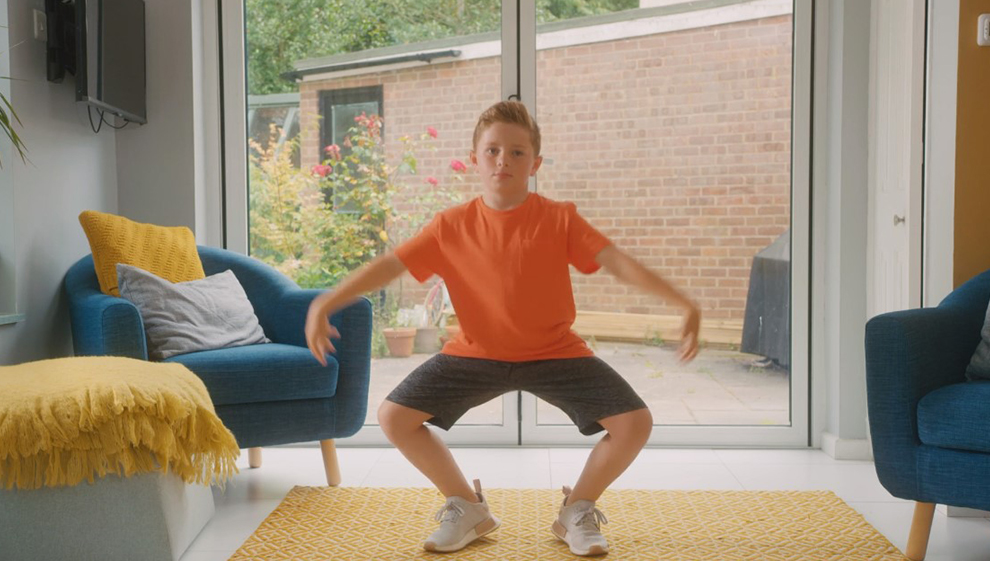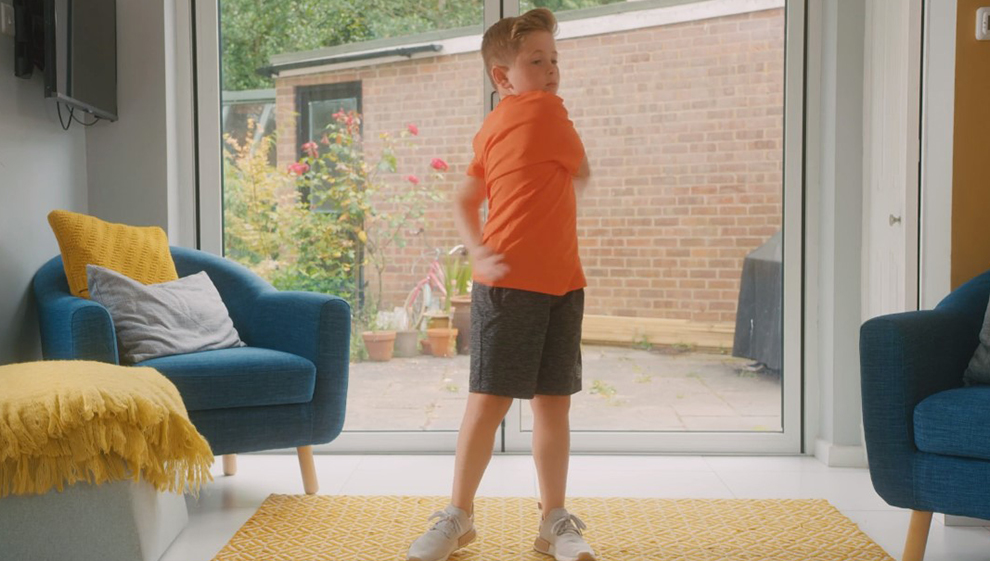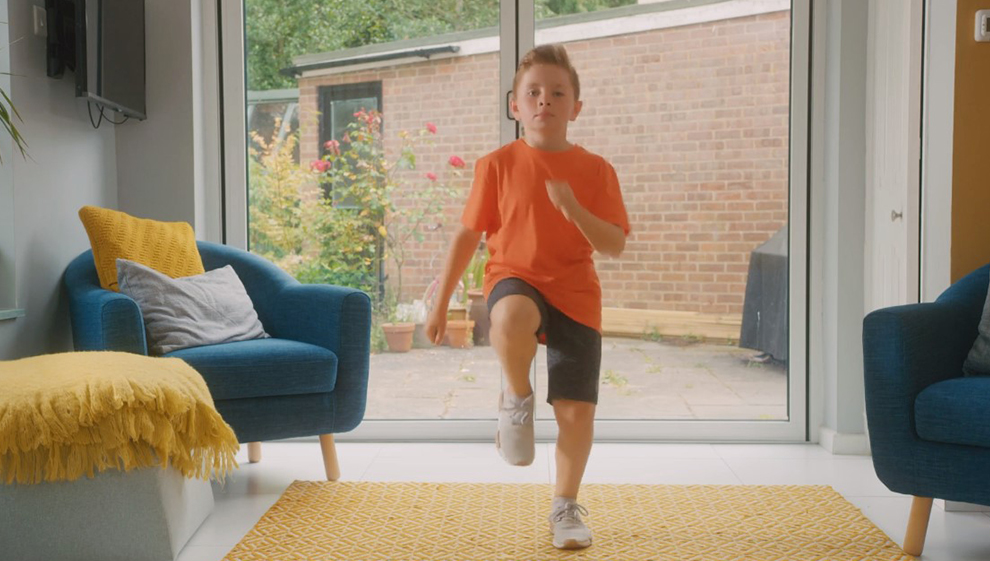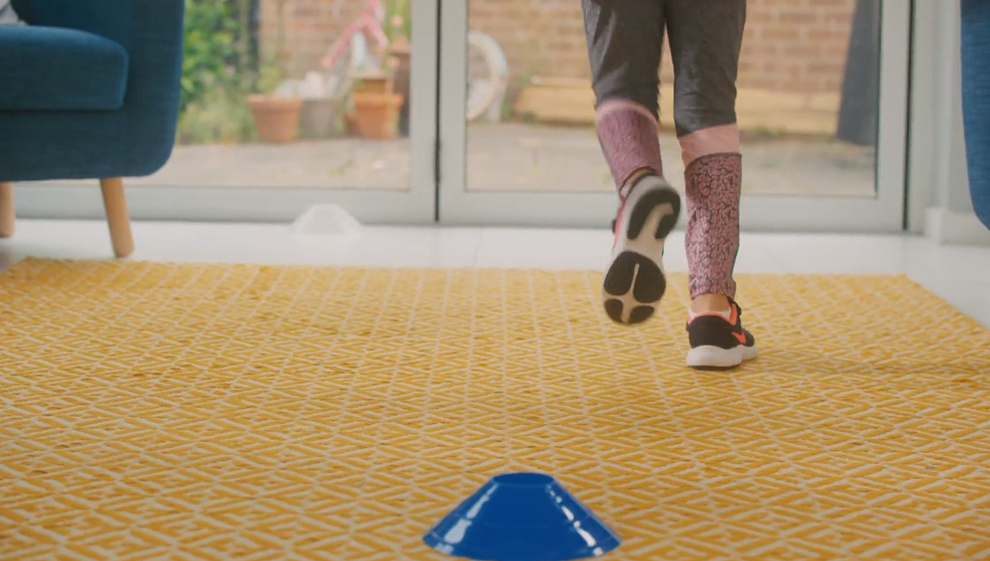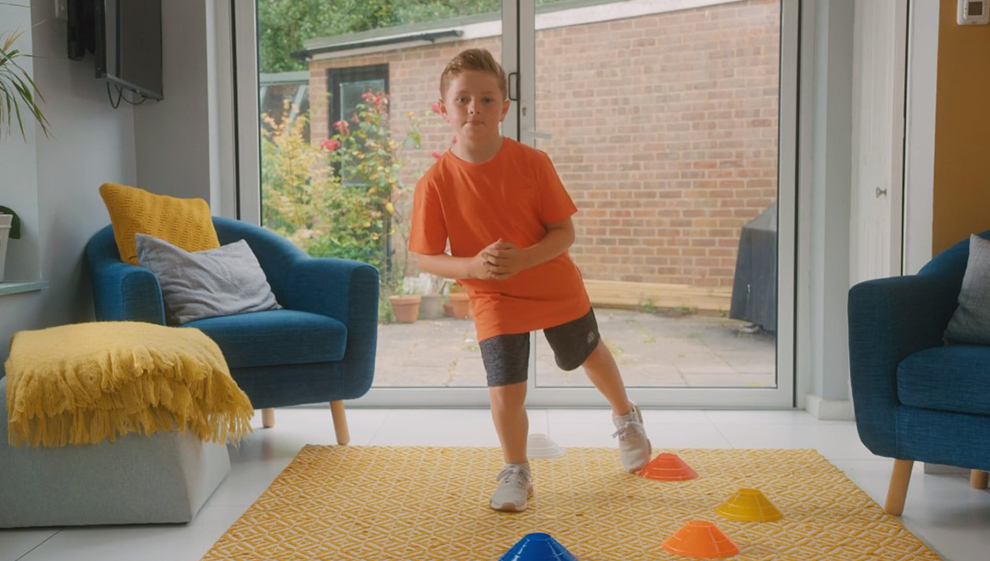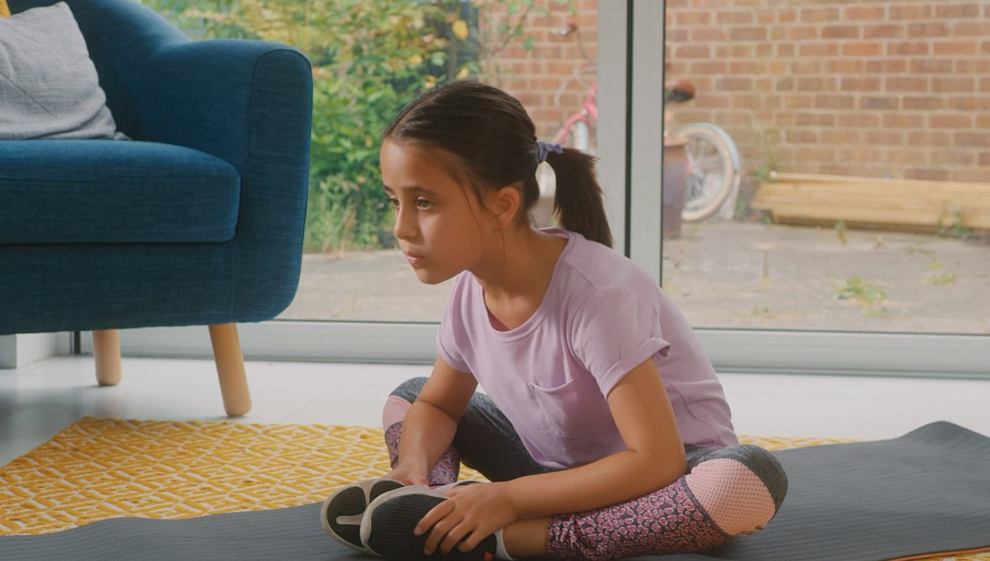15-minute workout for kids
- Overview
- Full article
- Related articles
These simple exercises are a great way to improve kids’ cardiovascular fitness, strength and flexibility, as well as boost their energy levels.
If they do this workout up to four times a week, the exercises will become easier and they'll feel fitter – so get your kids to give it a try.
Before your kids start
Here are a few things to remember when your kids are exercising at home:
- Make sure your kids have a clear space
- Have some water to hand to stay hydrated
- Use a mat or towel for floor exercises
- Let a child work at their own pace - they should take a break if they need to
- If a child feels sick, dizzy or any pain at all, they should stop immediately.
Warm-up
It’s important for anyone - adults or children - to warm up first to get your heart pumping and loosen up your body.
- Bend and stretch
- Stand with your feet slightly wider than your hips
- Bend your knees and then straighten them, swinging your arms out and up over your head
- Bend lower and reach higher each time
- Do 5 or 6 of these.
- Twists
- Turn side to side, swinging your arms out to your sides as you go
- Do 4 or 5 in each direction.
- Arm circles
- Rotate your arms forwards, starting with smaller circles and gradually making them bigger
- Then do the same with backwards circles
- Do 4 or 5 in each direction.
- Running on the spot
- Start by marching on the spot, before taking it into a jog
- Bring your knees high, pump your arms, and increase your speed to raise your heart rate
- Carry on for 1 minute.
- Jabs
- Stand with your feet apart and your knees bent
- Jab once with each fist, counting ‘1, 2’
- Then do the same again, counting 4 jabs: ‘1, 2, 3, 4’
- Keep going, adding 2 punches each time, until you reach 20.
Main workout for kids
- Balance exercise
This helps to strengthen your legs and improve your balance.- Take 5 small household objects and place them in a semi-circle to your left
- Reach out towards each one with your foot and return to the middle each time
- Repeat on the other side.
- Squats
These are great because they work more muscles than any other individual exercise.- With both feet flat on the floor, lower your body, with your arms out in front for balance
- Try to go lower each time and hold for a little bit at the bottom
- Keep your chest pushed out and shoulders back, making sure you put your weight on the balls of your feet, not your heels
- Repeat 2 or 3 sets of 5
- If you like, you can try some jump squats by jumping off the ground as you come up from the low position – try to do a set of 6.
- Cardio bursts
These get your heart pumping and help you burn fat faster.- Grab 3 or 4 small household objects again and place them on the other side of the room
- Run across the room, grab one object, and bring it back to the other side
- Carry on until you’ve collected all the objects
- Make sure you slow down as your turn, and try to turn both left and right
- Rest for 2 minutes, then repeat, taking the objects back to where they were at the beginning.
Cool-down
Hold each of these stretches for 10–15 seconds if you can.
- Butterfly stretch
- Sit with the soles of your feet together, keeping your back nice and straight
- Gently lean forwards to stretch your muscles.
- Hamstring stretch
- Lying down, bring your leg up to your chest and hold it there for a few seconds
- Repeat with the other leg.
- ‘Figure four’ stretch
- Stay lying down and bend one leg with your foot flat on the floor
- Rest the ankle of the other leg on your bent knee.
- Breathing exercise
- Finish by lying down in a comfortable position
- Breathe steadily and slowly until you’ve recovered
- Stretch your arms and legs out if it feels good.
For more family and children’s workouts visit our Nuffield Health 24/7 hub here.
Why is physical activity good for kids?
Regular exercise helps kids boost their strength, energy levels and wellbeing. At Nuffield Health, we’re committed to supporting young people and the health issues they face day-to-day, which is why we’ve created the Schools Wellbeing Activity Programme (SWAP), which aims to empower students to improve their wellbeing.
Last updated Friday 2 September 2022
First published on Friday 29 November 2019


